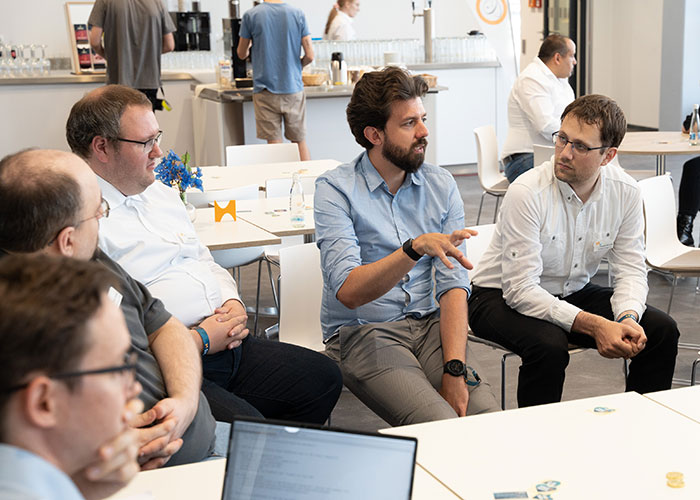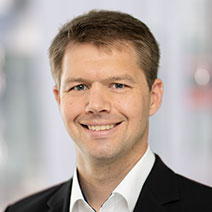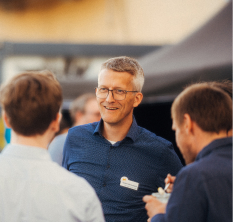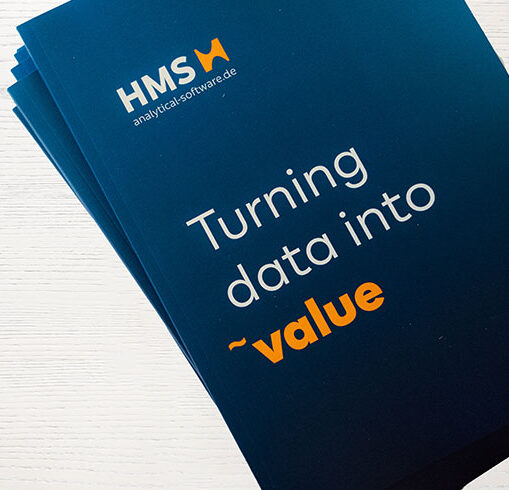
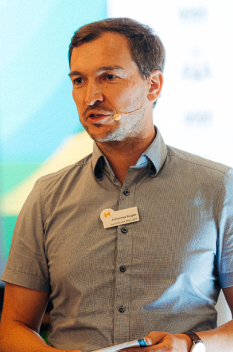
In the Artificial Intelligence and Business Intelligence (AIBI) competence center, we deal with all methods, technologies and working practices related to AI and BI. In addition to analytical processes, such as machine learning, this also includes methods and technologies for data preparation, for the presentation of analysis results and for operationalization in cloud or on-premises systems. Data story telling or possibilities for effective collaboration in analytical projects are examples of working methods that we deal with foremost.
Depending on the individual focus, we currently support HMS employees in training on methods such as text mining, anomaly detection, visualization, and data modelling as well as for technologies such as Python, R and Dataiku. Our focus on working methods in analytical projects, e.g., with ML-Ops or data science workflow models, also ensures that projects are organized smoothly.
We focus ourselves on the market and the know-how demanded in customer projects in order to define future-oriented competence goals.
Through our training series, we offer a good basis for entry into exciting topics. We develop modern and project-relevant content together to become specialists in the required industries. Together, we ensure that the theory we develop lands in the right project and is used there.
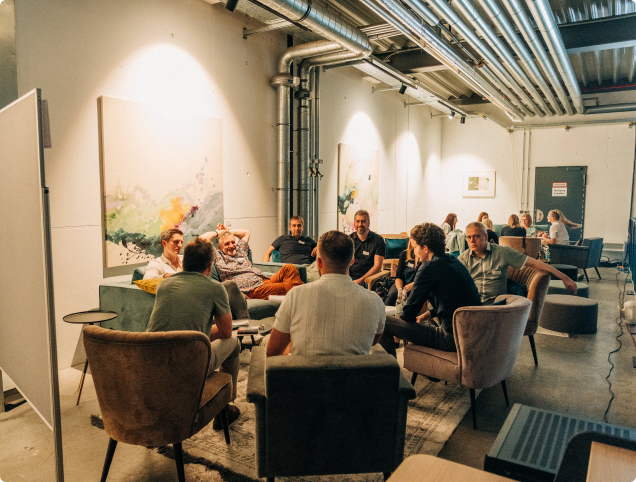
As a senior data scientist, AI is naturally a central part of my work. It is simply very important to keep moving forward thematically and to stay up to date. The competence field offers some important opportunities for this, such as lectures and independent work.
In recent years, I have specialized mainly in time series forecasting through my project work. I work on technical topics such as the implementation of certain programming languages or tools, as well as algorithmic topics such as deep learning. Recently, I was at a conference on the application of AI in industrial production, which is also supported by the competence field. On top of that, I participate in our training series on Machine Learning.
In my work for the competence center, I can take my specializations from the projects and deepen or broaden them even further. Then I carry the acquired knowledge into existing or future projects. A great example would be whenever I prepare and give presentations myself, whether about my thematic or project work, from conferences or for the training series. Which, in return, benefits everyone involved.
We regularly have good lectures on exciting topics, longer knowledge circles to look at topics in depth, or shorter cafés as a way to exchange impressions and thoughts. Apart from the topics, the competent, curious and committed colleagues are of course a very important aspect for me personally.



Here, the Snowflake cloud database for data warehouses was presented and the similarities and differences to other cloud databases were shown. In addition, the data storage concept of “data meshes” and how this concept could be implemented with the Snowflake DB was an exciting topic of this get-together.
Theory: Attention Mechanism in Deep Learning, Practice: How to use a Transformer? Examples and experiences about what works and what doesn’t work well were shared.
Use cases of anomaly detection from project experience and conference proceedings were summarized and presented.
In addition to classical time series modelling, Deep Learning on time series was presented. Besides the typical theory, there was also a demo in R being shown and project experience was presented where time series analysis has found application in the industry.
